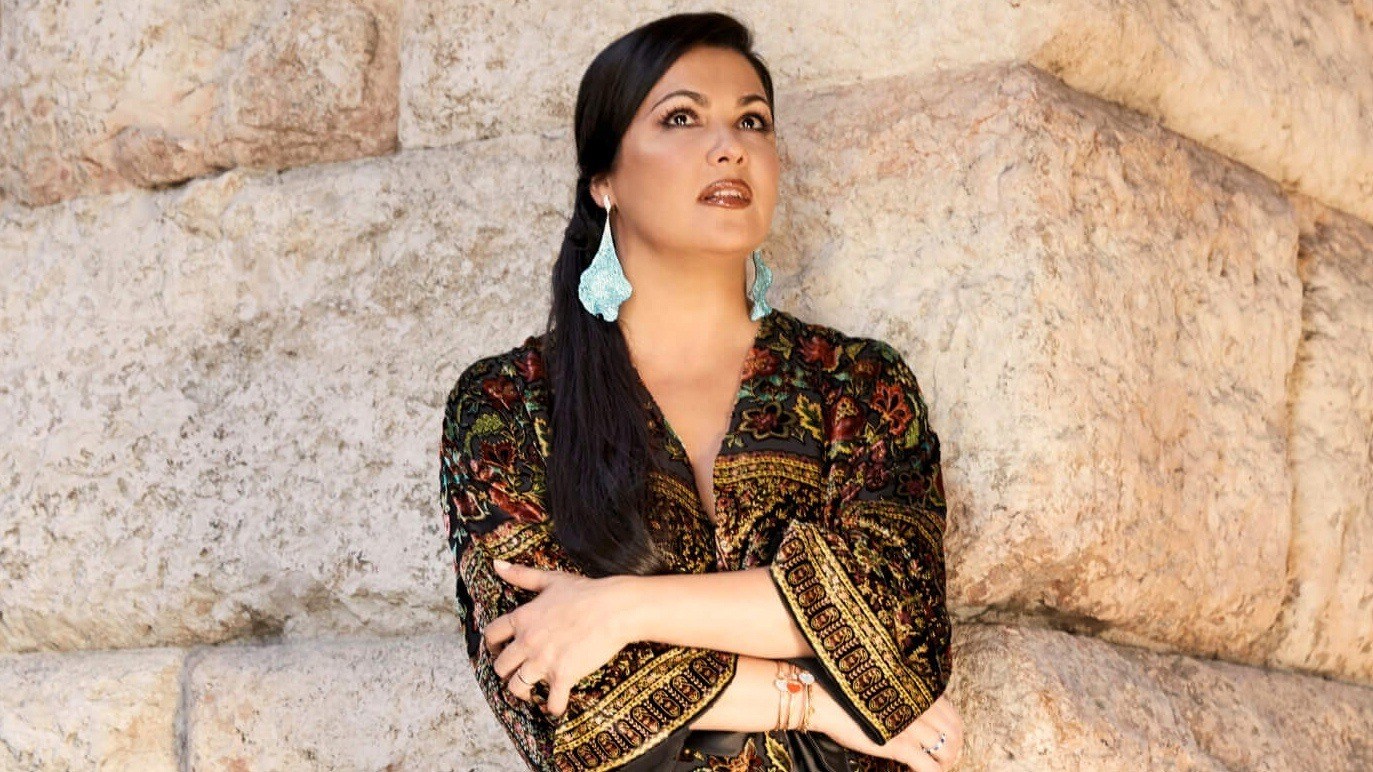Nikolai Rimsky-Korsakov’s opera, The Tale of Tsar Saltan, is based on a fairy tale poem by Alexander Pushkin.Premiering in November, 1900 in Moscow, it tells the story of three sisters. Tsar Saltan chooses the youngest of the three to be his wife, while he appoints the others to be his royal cook and weaver.
Soon after the Tsar goes off to war, the Tsaritsa gives birth to a son, Gvidon. The jealous older sisters intercept the message and notify the Tsar that his wife “has borne neither a daughter nor a son, neither a mouse nor a frog, but a kind of monster.” The Tsar sends back a message with a chilling commandment: The Tsaritsa and her child must be placed in a barrel and thrown into the sea.
At the end of the second act, the Tsaritsa and Gvidon, who has now grown into a young man, wash up on the island of Buyan. While hunting for food, Gvidon rescues a swan from being killed by a bird of prey. Filled with gratitude, the Swan-Bird sings the aria, Ty, tsarevich, moy spasitel (“You, Prince, my Saviour”).
The aria begins with a dreamy descending harmonic progression. Rimsky-Korsakov’s shimmering orchestration evokes the play of sunlight on water and the rapturous sounds of nature. The horns provide a noble and heroic statement.
Here is Anna Netrebko’s studio recording with Valery Gergiev and the Mariinsky Orchestra:
Recordings
- Rimsky-Korsakov: Ty, tsarevich, moy spasitel (The Tale of Tsar Saltan), Anna Netrebko, Valery Gergiev, Mariinsky Orchestra Amazon
Featured Image: photograph by Julian Hargreaves

